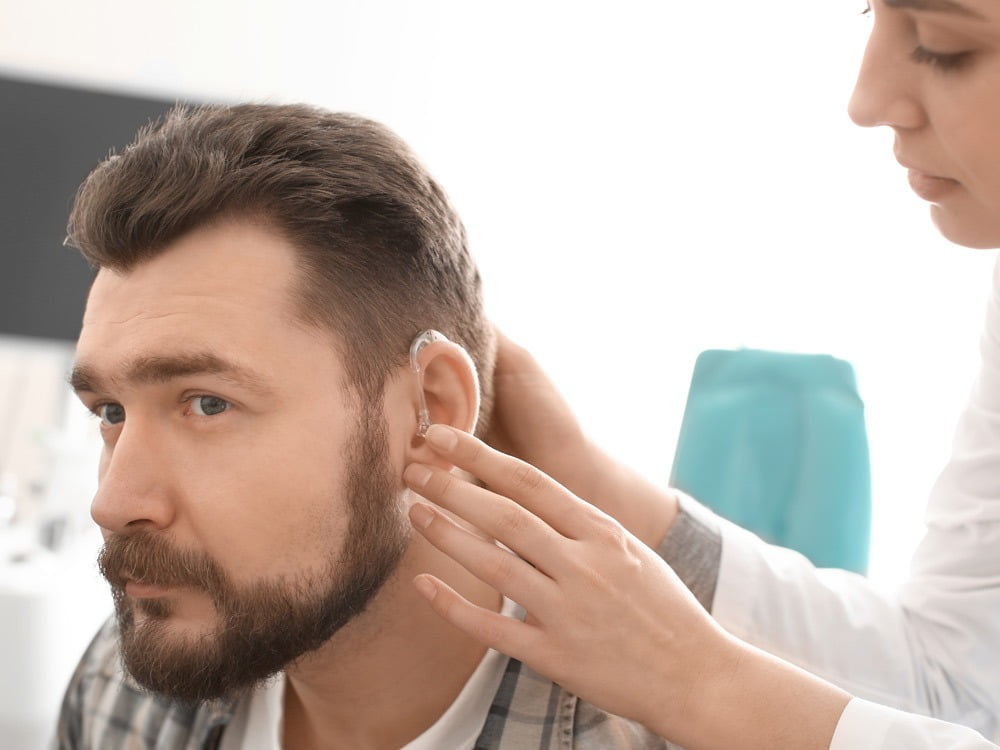What is Mild Hearing Loss?
As an audiologist, I often notice that when I mention the term mild during a hearing test, patients tend to assume it’s nothing serious. That’s why a full explanation of the diagnosis is essential. A mild hearing loss can cause a wide range of difficulties-which is likely the reason the person came in for a test in the first place. Keep reading to discover the common challenges associated with this hearing loss and what actions you can take to manage them effectively.
Defining Mild Hearing Loss
When describing hearing loss, hearing care professionals avoid using percentages. Instead, they refer to hearing thresholds between 500Hz and 4kHz on an audiogram. If these thresholds fall between 20–39 dB HL, this is classed as mild hearing loss. The audiogram is the chart used to plot results from pure tone audiometry.
Here are three common types:
- Sloppy mild hearing loss: Often an early sign of age-related or wear-and-tear-related hearing deterioration.
- Flat mild hearing loss: Typically caused by wear and tear but can have other contributing factors.
- Reverse slope mild hearing loss: Often linked to issues in the conductive pathway of sound vibrations before they reach the cochlea.
Challenges Face By People with Mild Hearing Loss
The effects of mild hearing loss differ from person to person. This variation depends on how well someone’s brain processes the sounds they can hear. Below are typical difficulties experienced by those with this hearing loss:
Difficulty Following Soft Voices or When the Speaker Is Turned Away
People with mild sloping hearing loss may hear vowel sounds more easily than consonants at the beginning or end of words. As a result, speech often sounds mumbled or unclear. This becomes more noticeable when the speaker has a soft voice or is not facing the listener, as visual cues such as lip moments are lost. The brain must work harder to fill in missing sounds-an it can’t always succeed:
“What is the time?” might be heard as “Yes, I would like some wine!”
Trouble Hearing Over Distance
The farther a voice travels, the fainter it becomes. People with Mild Hearing Loss may struggle to follow conversation that occur across rooms in larger spaces due to missing key speech sounds.
Struggling in Group Conversations
Group discussions can be difficult to follow, especially when speakers switch rapidly. Without access to visual cues, individuals with mild hearing loss may struggle to keep up with the conversation.
Difficulty in Background Noise
In noisy environments like cafés or restaurants, the brain works harder to filter speech from background sounds. Low-frequency noise travels more easily, so individuals may hear the hum of conversation but struggle to detect high-frequency clarity cues. When hearing loss is asymmetrical (one ear better than the other), sound localisation becomes harder, adding to the difficulty.
Tv and Radio Challenges
To compensate for missed sounds, people often increase the TV or radio volume. This may lead to conflict in shared spaces if others find the volume too loud.
Signs of a Mild Hearing Loss
It is not always the individuals who notices the hearing loss first – it may be a partner, family member, or friend. Look out for these signs:
- Needing the television slightly louder than others prefer.
- Frequently asking people to repeat themselves.
- Responding inappropriately due to mishearing
- Withdrawing from social settings
Managing Mild Hearing Loss
If the hearing loss has no temporary or conductive cause (like glue ear), it’s likely to resolve on its own. An audiologist can explain the specific type of hearing loss and determine if a referral to an ENT consultant is necessary.
If surgery or medication isn’t appropriate, hearing aids can help. In the UK, hearing aids are available on the NHS depending on eligibility. However, some regions do not fund devices for mil-moderate losses-a frustrating reality for both patients and audiologists.
Private hearing care provides access to a wide range of styles and technologies. At Hear4U, we welcome patients from Leicestershire, Warwickshire, and Northamptonshire and offer interest-free finance to make care more accessible.
Why Shouldn’t You Ignore It?
There are two key reasons not to dismiss a mild hearing loss:
- Delayed Action Prolongs Adjustment: If you wait too long before addressing hearing loss, adjusting to hearing aids takes longer. Hearing naturally declines with age, regardless of aid usage. The more sound you have to “give back,” the harder the brain finds it to adapt.
- It Affects Others Too: Hearing loss doesn’t just impact the person affected—it affects their loved ones too. Communication breakdowns can cause tension, frustration, and misunderstanding in close relationships. Addressing hearing loss can significantly improve both personal wellbeing and household dynamics.
So, if you’ve had a hearing test and the result says mild hearing loss, don’t let that word downplay your experience. Take the first step on your journey to better hearing today.






